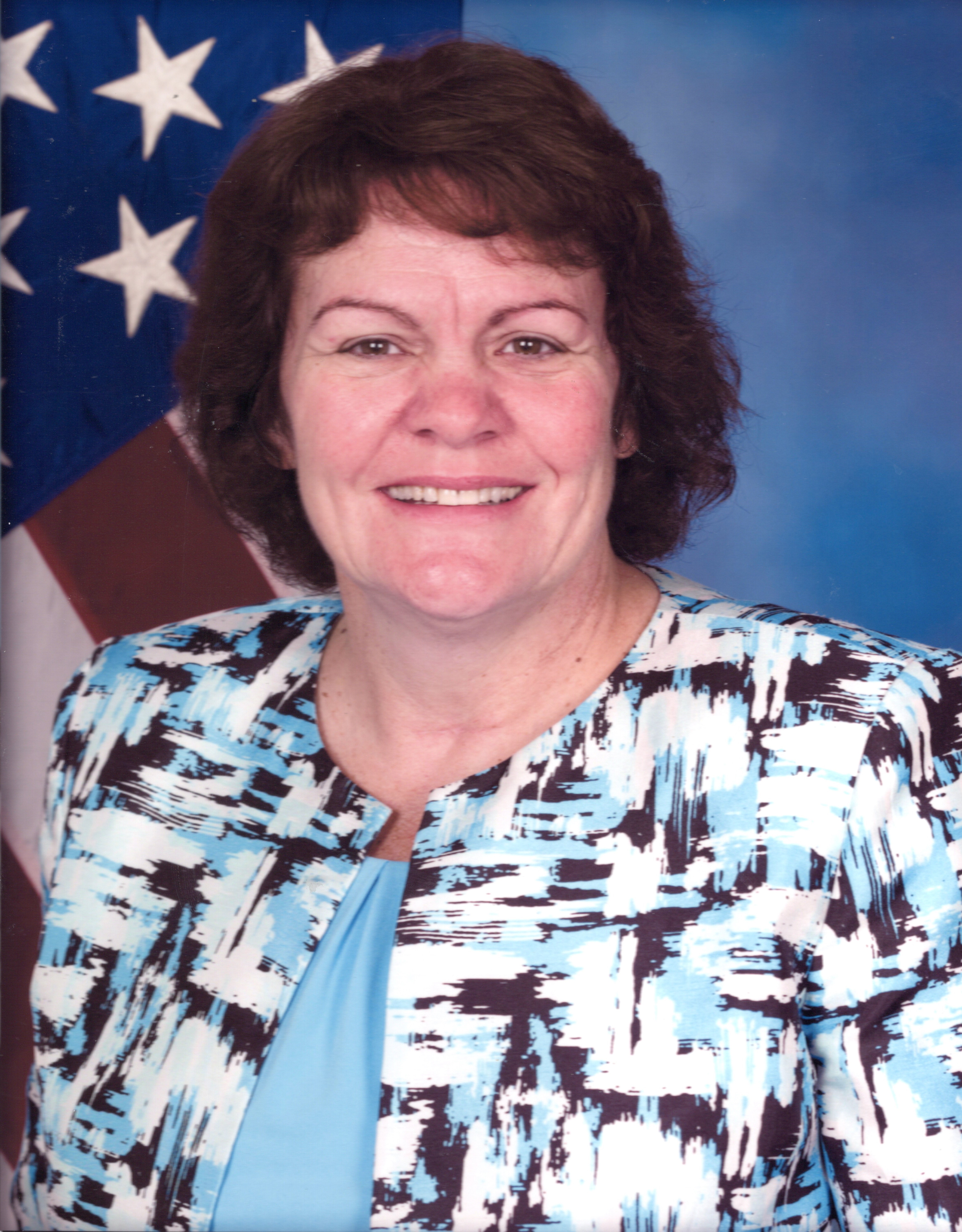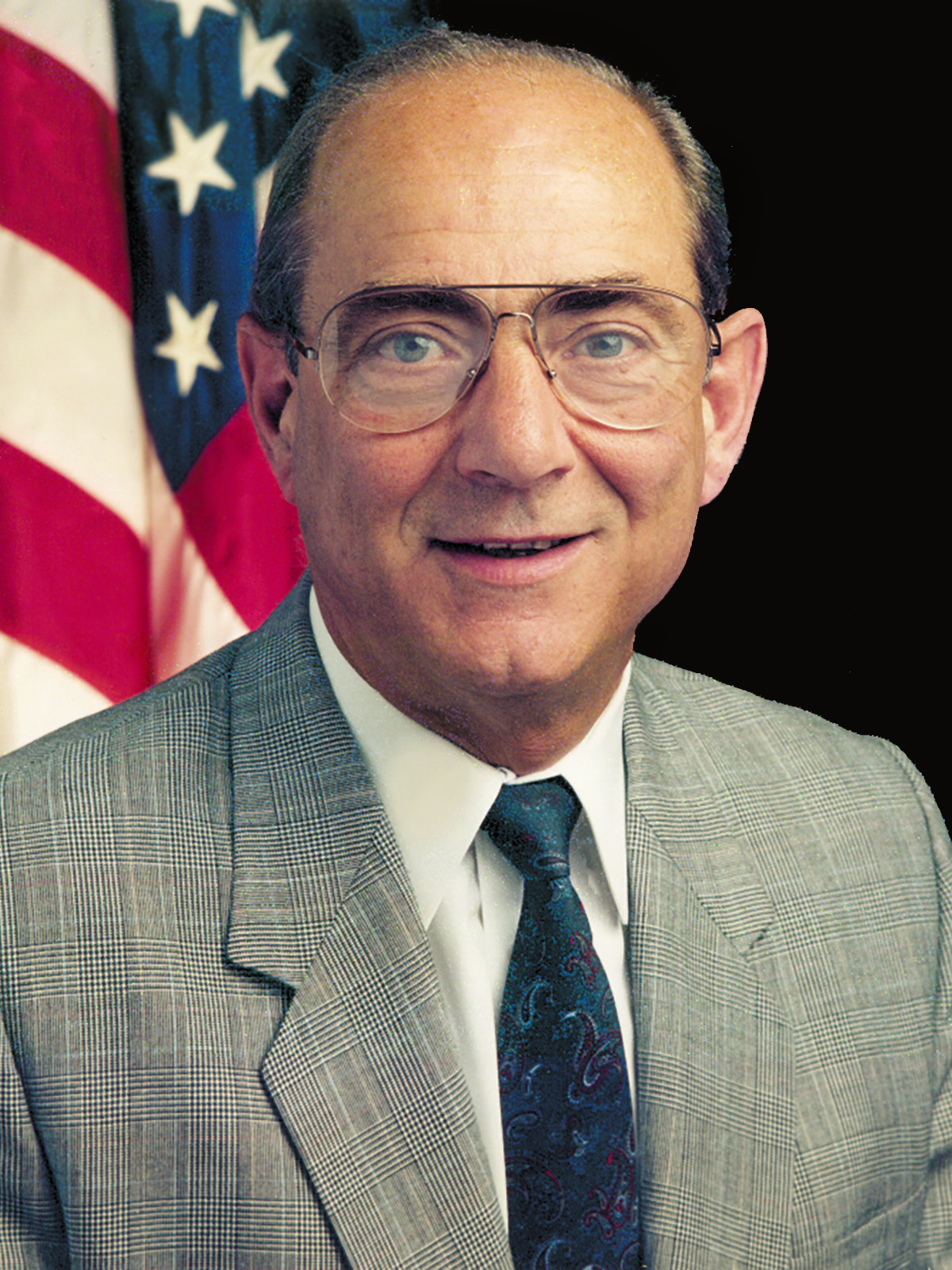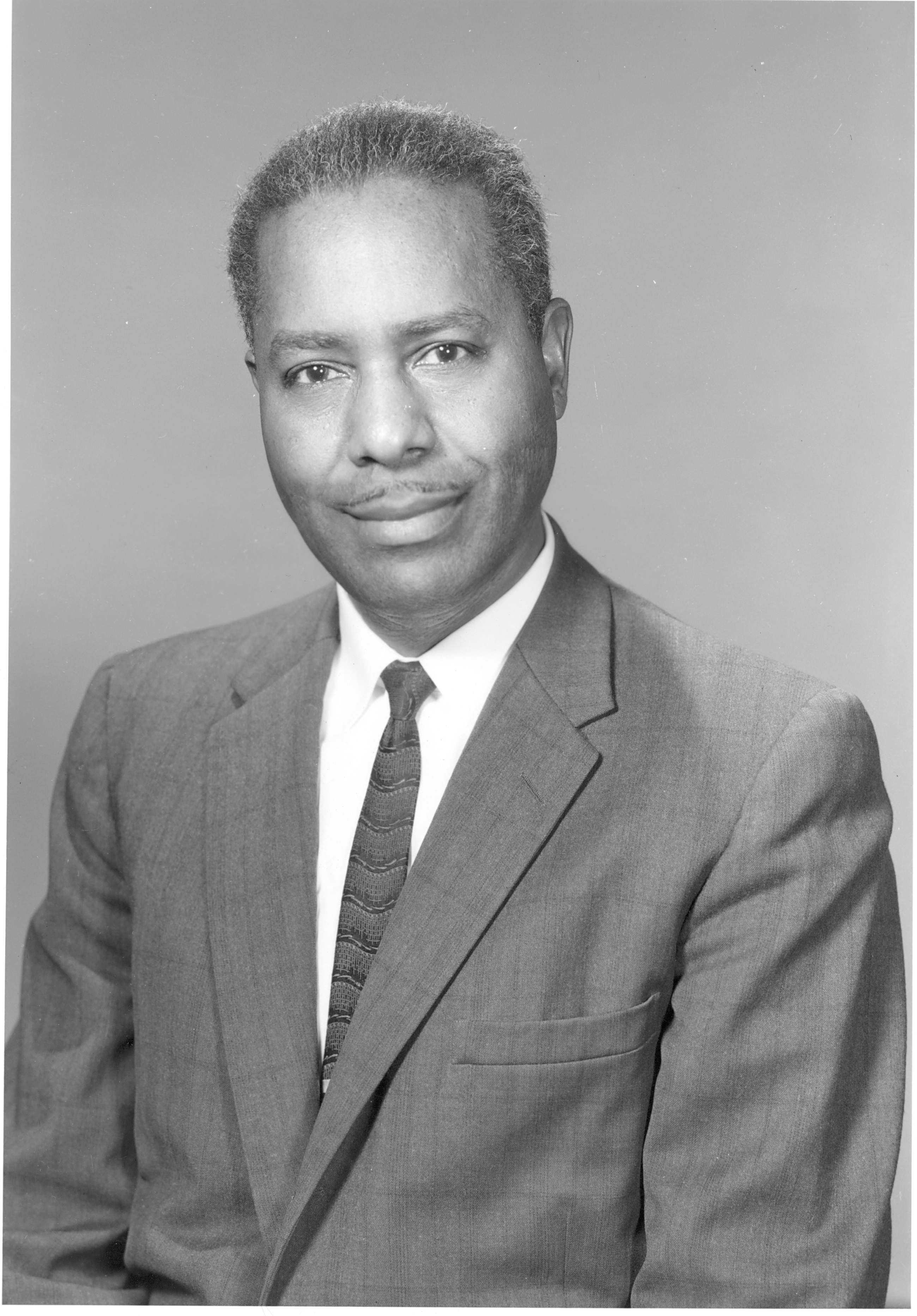2024 C5ISR Hall of Fame Inductees
Ms. Kathleen A. Batdorf (CECOM ILSC)

Throughout Ms. Kathleen Batdorf’s 40 years of government service to the U.S. Army Communications-Electronics Command and the C5ISR Community, she has been consistently recognized as the “Leader and Innovator” in the Army’s product line and logistics business systems critical in sustaining C5ISR systems. Ms. Batdorf progressed up through the ranks in the Integrated Logistics Support Center (ILSC) from clerk-typist to Director of the Logistics, Engineering and Operations Directorate. Ms. Batdorf served as the driving force in integrating multi-faceted and diverse supply chains with the Army’s organic and depot maintenance capabilities to provide the C5ISR soldier with seamless sustainment support. During the 2005 BRAC, Ms. Batdorf formulated a “Transfer of Knowledge” program which identified over 75 subject matter experts within the ILSC who controlled over 360 critical supply chain processes that were essential in maintaining continuity of ILSC operations within the BRAC move. Ms. Batdorf led the efforts to identify each specific critical process, worked with those process holders to document the flow of each task and essential task information, and catalog that knowledge for ease in retrieval. Her unique knowledge and expertise in logistics and financial processes ensured the timely and successful operation and execution of the C5ISR supply chain in support of contingency operations. Ms. Batdorf has served as an inspiration and mentor for women of the community in striving for the highest levels of responsibility and authority within the Army Materiel Command.
Click here for interview video.Mr. Charles W. “Mike” Carter (CECOM ILSC)

Over the course of over two decades of service to the Soldier in support of the U.S. Army Communications-Electronics Command (CECOM) and the C5ISR community’s mission, Mr. Charles “Mike” Carter provided effective leadership, unsurpassed technical expertise in C5ISR weapon systems, and unflagging commitment to the U.S. Service members and allied forces in ensuring the readiness of their C5ISR assets to go to war. Mr. Carter served as the “go-to” logistician and technical expert for C5ISR with a reputation of being the first to deploy into hostile contingency environments and the last to return to home station upon mission completion. His indefatigable commitment to the Soldier and his technical leadership in increasingly responsible leadership roles in support of the C5ISR mission initially as a Logistics Assistance Representative Master Technician, then as a Senior Command Representative and lastly as a senior leader in the CECOM Integrated Logistics Support Center were instrumental in enhancing unit and materiel readiness for critical C5ISR weapon systems. Mr. Carter’s continuous accomplishments in supporting the C5ISR warrior are a benchmark and standard of excellence used even today to measure the effectiveness and responsiveness of CECOM’s “Face to the Field”.
Click here for interview video.Mr. Andrew R. D’Angelo (PEO IEW&S)

Mr. Andrew “Andy” D’Angelo joined the U.S. Army Electronics Command at Fort Monmouth in 1965 and held various positions during his 35-year government tenure. In 1973 he was selected as Technical Director and Deputy Project Manager for the Army Weapons Locating Radar Program (FireFinder), directing that program through an accelerated R&D and initial production. The result was world-class counterfire radars that have served the U.S. Army and our allies very well for decades. He was appointed to the Senior Executive Service in 1984. Mr. D'Angelo served as Deputy and then Program Executive Officer for Intelligence and Electronic Warfare (IEW) Systems for the U.S. Army. The IEW portfolio included a large number of high-priority Intelligence, Surveillance, Reconnaissance (ISR) systems to include the JSTARS Ground Station, Night Vision Equipment, Airborne Signals Intelligence (SIGINT), Counterfire Radars and Artillery Meteorology Systems. Accelerated fieldings and sustainment were provided for many these critical systems in support of successful Desert Shield and Desert Storm operations. The JSTARS radar provided real-time situational awareness and targeting data in support of maneuver operations. A superior night vision capability enabled the Coalition Forces to “Own the Night”. SIGINT intercepts provided valuable intelligence and forced the enemy to limit communications. The counterfire radars were so effective that the enemy was afraid to fire in the face of immediate return fire. Mr. D’Angleo’s contributions to PEO IEW&S systems were a key contributor to successful coalition operations.
Click here for interview video.Dr. Walter S. McAfee (DEVCOM C5ISR Center (ECOM & ERADCOM))

Dr. Walter S. McAfee served the Fort Monmouth community for 42 years, as a scientist, educator, supervisor, and mentor. From 1942 until his retirement in 1985, Dr. McAfee helped to create a vigorous, inclusive scientific community that was dedicated to advancing communications and electronics research, as well as paving the way for the advancement of minorities in the Federal workplace. In 1971, Dr. McAfee was the first African American employee of the U.S. Army to be promoted to GS-16, a “super-grade” civilian position with his appointment as Scientific Adviser to the Deputy for Laboratories, Army Electronics Command. He joined the Army Signal Corps Radar Laboratory at Camp Evans in 1942, where he was employed as a physicist in the theoretical studies unit of the Engineering Laboratories, Army Electronics Research Command. He gained special recognition in 1946 while with Project Diana at the Evans Signal Laboratory. This small team of scientists helped put man’s imprint on the moon for the first time with radar. This experiment made headlines on January 10, 1946, when the first contact occurred between earth and its satellite. Project Diana bounced an electronic echo from the moon’s surface back to an antenna at the Evans Signal Laboratory. McAfee’s theoretical calculations determined the feasibility of this original radar “moon bounce.” Many still regard it as the real beginning of the Space Age.
Click here for interview video.Mr. Thomas J. Michelli (US Army Information Systems Management Activity /PM Army Information Systems)

Mr. Thomas Michelli’s 30-year career of exceptional performance impacted the broadest spectrum of C5ISR from tactical and strategic Army systems, to joint and defense-wide systems, to critical national command systems supporting the highest levels of C5ISR. Mr. Michelli was the Director of the Office of Plans and Programs at the Tri-Service Tactical Communications (TRI-TAC) Office (redesignated as the Joint Tactical Command Control Communications Agency (JTC3A) in 1984). In 1986, Mr. Michelli transitioned back to the Army structure as the Associate Technical Director of the U.S. Army Information Systems Management Activity / Program Manager Army Information Systems (USAISMA/PM AIS) to influence an even broader spectrum of C5ISR. In 1987, PM AIS became PEO Networks, with Mr. Michelli designated the Deputy PEO. Mr. Michelli’s fingerprints touched nearly every desk of the Army, as he oversaw and played an active role of the Army Small Computer Program (ASCP, now labeled CHESS). This program pioneered the implementation of multiple award IDIQ contracting, which today is one of the most powerful contracting tools for rapid solutioning of military requirements. In his last few years of government service, Mr. Michelli was responsible for two exceptionally noteworthy accomplishments: the relocation of the SOUTHCOM HQ command center from Panama to Miami and the massive Pentagon Renovation project where Mr. Michelli oversaw the relocation and upgrades of all critical C5ISR assets from desktops to national command centers, for which he was selected as a Distinguished Rank recipient of the Presidential Rank award in 1996.
Click here for interview video.


